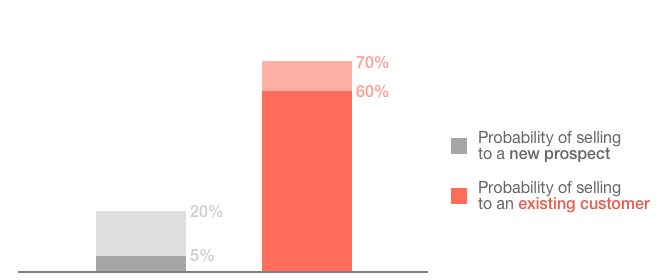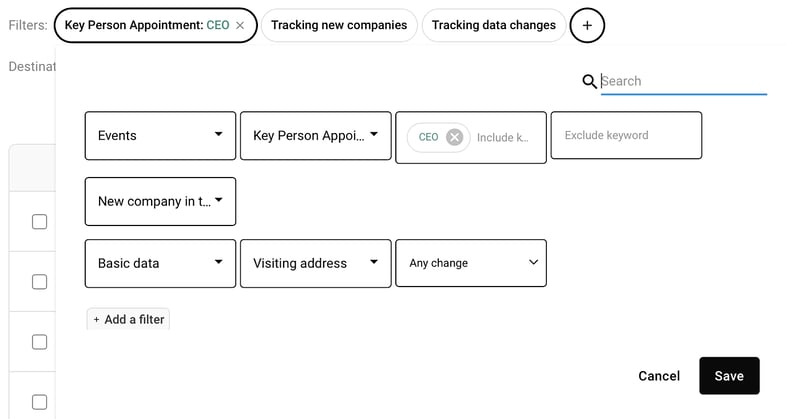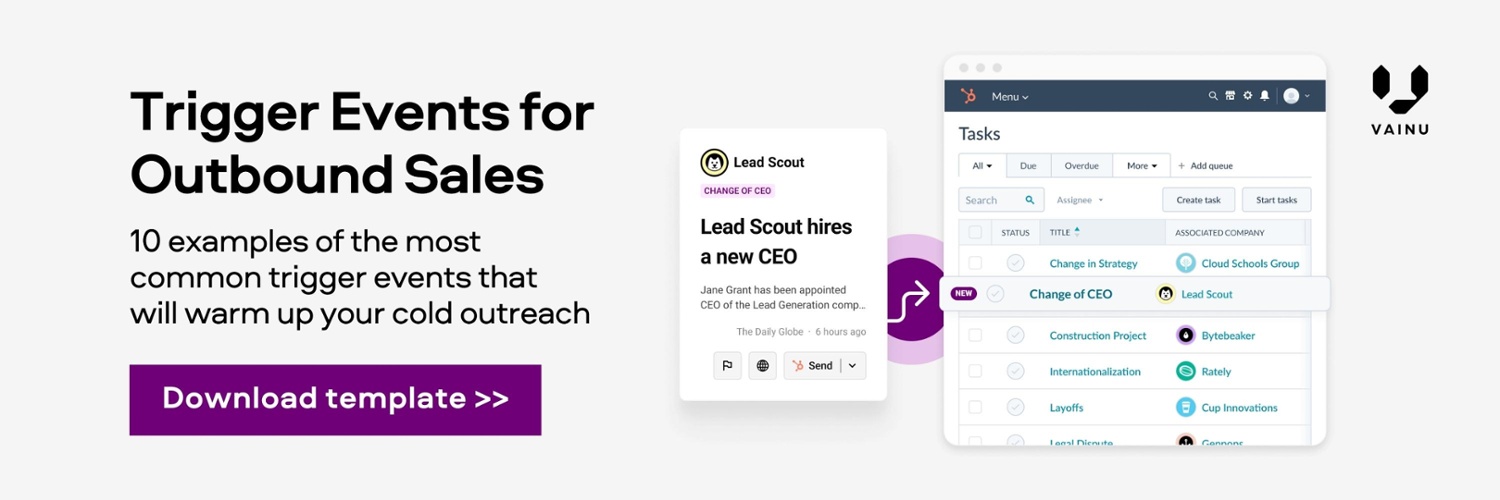Upselling through Customer Analysis with Internal and External Data
Growth or revenue creation can be fueled by two mediums: selling to a new customer or selling to an existing customer. We’ve written about using data and analytics when prospecting and selling to new customers, but how does it translate when selling to existing customers? Now, it’s time to cover customer analysis so you can determine real upselling opportunities.
Upselling to customers has traditionally had an unpalatable nuance to it. The sole objective has been to get the customer to buy more. I can’t help but think of that car salesman who’s aggressively overselling that four-door executive saloon, packaged in full options when your only need is to get from place a to b.
Knowing your customer in and out by way of effective customer analysis is what separates a pleasant buying experience from an unpleasant one. You’ll understand what your customers need and how to alleviate their challenges and pains with the right solutions.
Let’s get to it without further ado. 👇
The combination of internal and external data in customer analysis opens up a whole new world when upselling, and is something that every company should thoughtfully consider.
What is customer analysis?
Customer analysis is a method of using the data you have about your customers to understand more about their needs, habits, preferences, and decision-making. Simply put, the more data you have, the more you will know about your customers, and the more accurate your customer analysis will be.
A deep understanding of your customers will help you position your business better and execute relevant marketing campaigns that may lead to upselling and cross-selling.
The benefits of customer analysis
In a more data-driven world than ever before, why not utilize some of this data when making that upsell? When you know more about your customer, not only you can make the buying experience more enjoyable to the customer, but you can also create value to the organization. The most notable benefits are:
- It builds a deeper relationship of trust and commitment.
- It’s cheaper (and sometimes easier).
- It increases the monetary value of a customer.
- Personalization at scale becomes possible.

What data do you need to perform customer analysis?
Some industries have taken a big leap forward when upselling by means of customer analysis; most notably eCommerce retailers, banks, and insurance companies. These analyses are mostly based on internal data that the company has gathered over time.
Internal data in customer analysis
This is your first and most obvious stop when compiling data for customer analysis. Previous purchasing behavior can also signal future buying intentions, which is commonplace in eCommerce. Therefore, you want to dive deep into your CRM data and analyze deal data. For example:
- Most frequent sales channel
- Average deal value
- Customer lifetime value
Your CRM will be the primary source of internal data. Another interesting source of internal data is your marketing automation tool. There, you will find out how your customers interact with your marketing content and assets. Take a look at data points such as:
- eBooks downloaded
- Pages visited
- Emails opened
As you can see, internal data already provides a pretty good understanding of your customer base.
Most companies aren't combining internal behavioral data with external open and public data, even though it opens up the door to more intelligent discussion and a higher level of customer service.
External data in customer analysis
Your internal data, however, is only one part of the customer analysis puzzle. A phenomenal way to extending the reach of your customer analysis is by looking at your customers' company characteristics, in particular, those of your happiest customers. Whereas in B2C, you would look into demographics, in B2B sales you want to analyze company attributes: firmographics and technographics.
This way, external data will help you segment customers based on attributes such as employee count, revenue, location, technologies, profitability, size etc. This can be a good indicator of products or services the customer might need next. Advanced segmentation will also allow you to target your customers with the most appropriate content and offers instead of relying on a generic message.
Including external data in customer analysis is something that a majority of companies are not yet realizing to the fullest potential.
So, how does one spot upsell opportunities in the existing client base?
Just as in new business sales, timing is everything and conversations should concentrate on immediate need. The whole selling process starts by identifying an opportunity or concentrating on a particular need, and can stem from trigger events, also known as sales triggers, or buying signals. In a nutshell, a trigger event is a nugget of information that tells that an important or relevant change has happened in one of your target accounts. Trigger events can be the appointment of a key person, the release of new product, relocation, or new funding. Any change in any company can open up a window of opportunity for you to sell, or, in this case, upsell.

Even "less significant" events such as recruitment ads posted by a customer, can signal future needs—anywhere from needing new office space to upgrading their CRM solution. Slow response to external events can also act as a gateway to losing a customer, for example in the case of a merger or an acquisition. Your competitor might react to this and steal the customer in the midst of the organizational change.
All your data in one place
Time and time over companies say, “we know our customers very well” or “we’re in contact with our customers on a monthly basis, so we know what’s going on”. The truth of the matter is that they really don’t.
Without proper customer analysis, the job of account managers and salespeople can easily be viewed, from the customer’s perspective, as product or service pushing aka “chasing the dollar”. Why shy away from using data when it can provide a more intelligent discussion and provide a higher service level to the customer? The combination of internal and external data in customer analysis opens up a whole new world when upselling, and is something that every company should thoughtfully consider.
Thanks to technology, it’s never been easier to combine all your data sources into one place. That one single hub of all your customer data should be, of course, your CRM platform. A company information provider, like Vainu, can feed your CRM platform hundreds of relevant data points that you can use to conduct effective customer analysis.
Read on to learn how our CRM integration works, or reach out to one of our specialist to find out more about Vainu CRM connectors.
